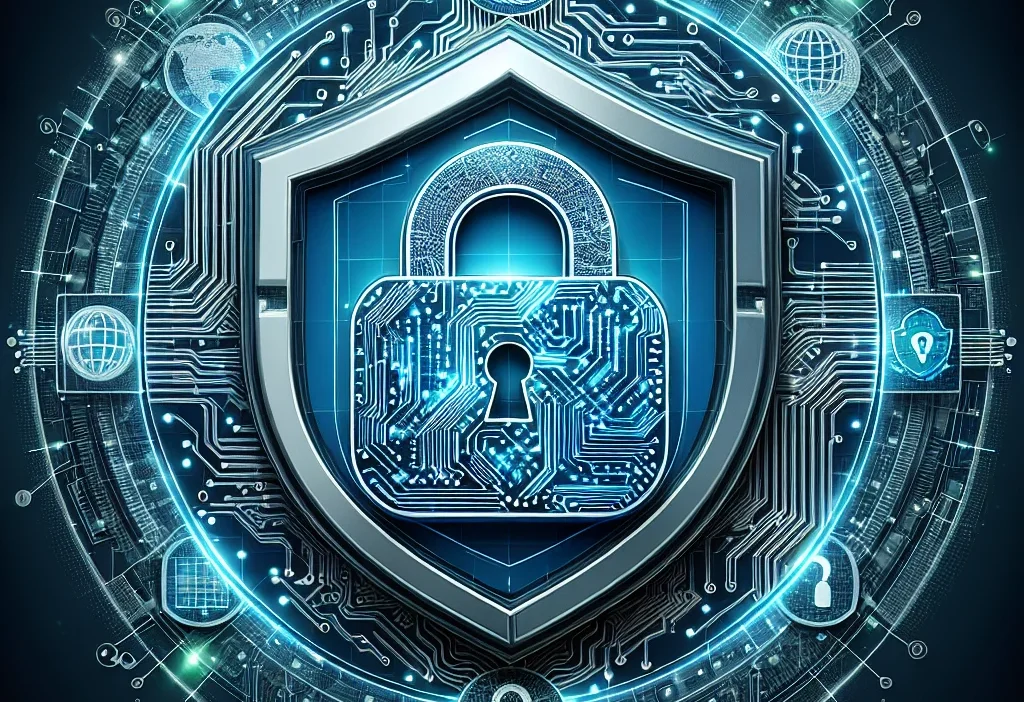1. Use Strong and Unique Passwords 🔑
Why It Matters:
Using the same password across multiple accounts increases vulnerability. A strong, unique password for each account makes it harder for hackers to gain access.
Steps to Create Strong Passwords:
- Length: Aim for at least 12 characters.
- Complexity: Use a mix of uppercase and lowercase letters, numbers, and symbols (e.g., @, #, $).
- Unpredictability: Avoid easily guessable information like birthdays or common words.
Example:
Instead of using “password123,” opt for something like “G%o#x@t7bw!LpE3.” Use a combination of random words, symbols, and numbers for added security.
Use a Password Generator:
To make this process easier, consider using an online password generator. For instance, the password generator tool at WebzSEO can help you create a strong, random password quickly and efficiently.
By utilizing such tools, you can ensure that your passwords are not only strong but also truly unique for each of your accounts!
2. Enable Two-Factor Authentication (2FA) 🔒
Why It Matters:
2FA provides an extra layer of security by requiring not only a password but also a second factor such as a text message code, a phone call, or an authentication app.
Steps to Enable 2FA:
- Log into your account settings of the service you want to secure (e.g., Google, Facebook).
- Locate the Security Settings: Look for options like “Security,” “Account Protection,” or “Two-Factor Authentication.”
- Choose Your 2FA Method: Options usually include SMS, authentication apps like Google Authenticator or Authy, or email.
- Follow the prompts to set it up and enter the verification code you receive to confirm.
Example:
For Google:
- Navigate to Google Account settings > Security > 2-Step Verification.
- Follow the steps to enter your phone number and receive a verification code.
3. Regularly Update Your Passwords 🔄
Why It Matters:
Regularly changing your passwords minimizes the risk associated with potential data breaches.
Steps to Update Passwords:
- Set a reminder to change passwords every 3-6 months.
- Log into your account and navigate to account settings.
- Choose “Change Password” or similar wording.
- Create a new strong password and save it securely.
Example:
If you usually forget passwords, use a password manager to save them. You can generate and store strong passwords easily, ensuring you don’t have to remember every one of them.
4. Be Wary of Phishing Attempts 🎣
Why It Matters:
Phishing schemes trick users into providing sensitive information. Recognizing phishing emails or messages can prevent unauthorized access.
Steps to Identify Phishing:
- Check the sender’s email address: Look for minor misspellings or unusual domains.
- Hover over links before clicking to see the actual URL.
- Be cautious of urgent language or threats in the message.
- Never provide personal information via email or unfamiliar websites.
Example:
If you receive an email claiming to be from your bank asking for confirmation of personal details, do not click any links. Instead, contact your bank directly using the phone number on their official website.
5. Monitor Your Accounts and Enable Alerts 🚨
Why It Matters:
Regular monitoring helps detect unusual activity early, allowing for quick actions to mitigate potential harm.
Steps to Monitor Your Accounts:
- Review account statements regularly for suspicious transactions or activities.
- Set up security alerts where possible, like for logins from unrecognized devices or changes to account settings.
- Use monitoring tools or identity theft protection services for further vigilance.
Example:
For Amazon:
- Go to Your Account > Account Settings > Login & Security > Enable Security Notifications. This will alert you to any changes or logins that seem suspicious.
6. Utilize Secure Connections and VPNs 🌐
Why It Matters:
Public Wi-Fi networks can be insecure, making your data vulnerable to interception. Using a Virtual Private Network (VPN) adds an extra layer of security.
Steps to Use a VPN:
- Choose a reliable VPN service (e.g., NordVPN, ExpressVPN).
- Download and install the VPN software on your devices.
- Connect to the VPN server before browsing the internet, especially on public Wi-Fi.
Example:
When using public Wi-Fi at a café, turn on your VPN to encrypt your internet connection, which helps protect your data from potential hackers.
7. Understand Privacy Settings and Limit Information Sharing 🔍
Why It Matters:
Adjusting privacy settings on social media and online services prevents unauthorized access to your personal information.
Steps to Adjust Privacy Settings:
- Review privacy settings in each app or service you use.
- Limit personal information visibility (e.g., only allow friends to see your posts).
- Review app permissions regularly to ensure they only have access to necessary information.
Example:
For Facebook:
- Go to Settings > Privacy > Your Activity. Adjust who can see your future posts to “Friends” instead of “Public.”
Conclusion 🎉
Securing your online accounts doesn’t have to be overwhelming. By implementing these best practices consistently, you can substantially reduce the risk of unauthorized access to your personal and sensitive information. Start with the simplest steps today and gradually incorporate more security measures for a safer online experience.




